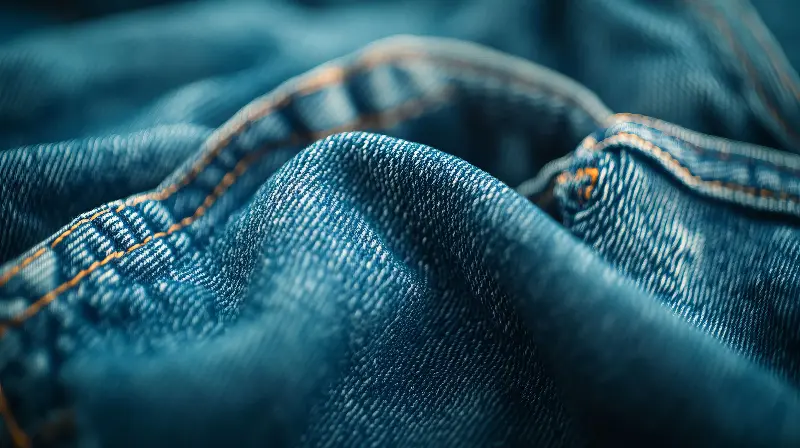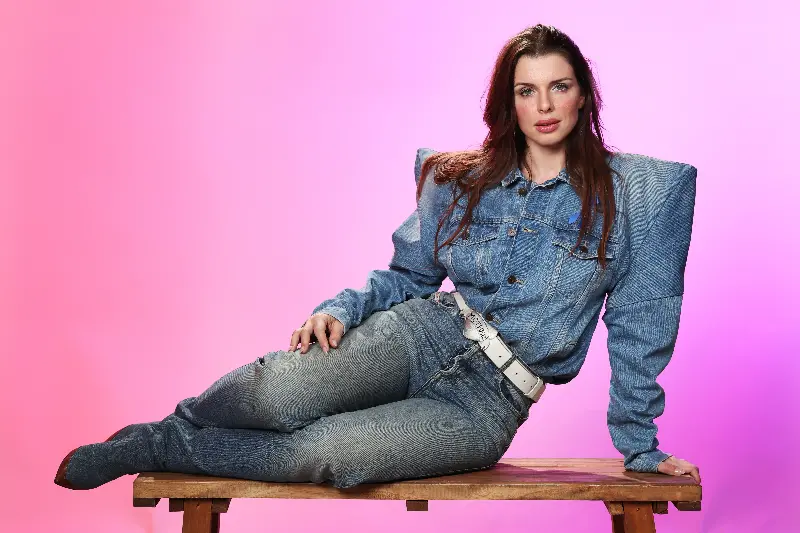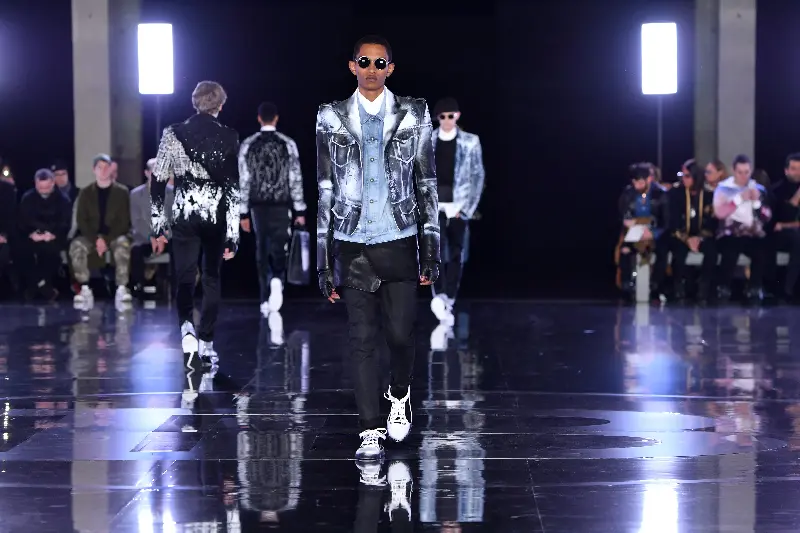Denim’s story, as rich and textured as the fabric itself, stretches across decades and continents. As fashions whirl and wane with time, denim remains a rare constant—a symbol of rebellion, comfort, style, and unity. From rugged workwear to runway staple, jeans and jackets made from humble cotton twill have become a universal language of self-expression. But what is it about denim’s enduring appeal that bridges generations and unites diverse cultures?

A Fabric Forged In Functionality
It all began in Nîmes, France, in the 17th century, where a sturdy fabric called “serge de Nîmes”—later simply denim—was woven. Made from cotton with a twill weave, this hardwearing textile was soon embraced in 19th-century America for its resilience. Levi Strauss, a name now woven into denim’s legend, crafted the first pairs of jeans for gold miners in San Francisco. Reinforced with rivets and built to withstand punishing conditions, these trousers were practical and resilient. It’s this legacy of functionality that first forged denim’s legendary status, making it the go-to for workers, cowboys, and anyone who needed dependable clothing.
Yet, functionality was only the beginning. Denim’s durability also made it deeply personal—each pair of jeans aged alongside its owner, softening, creasing, and telling a story unique to every wearer. The patina of time on denim isn’t just a mark of endurance; it’s a badge of individuality.

Icons Who Made Denim Unforgettable
Denim’s transition from the goldfields to the catwalk was sparked by icons who understood its understated power. In the 1950s, stars like James Dean and Marlon Brando imbued denim with rebellious cool in films like “Rebel Without a Cause” and “The Wild One.” Suddenly, jeans were more than workwear—they were statements. Young people clamoured to emulate the effortless defiance of these silver screen legends, and a new youth culture was born.
From there, denim’s association with cultural movements only deepened. Rock ‘n’ roll gods, punk pioneers, and hip-hop artists all made denim part of their visual signature. The likes of Debbie Harry, Bruce Springsteen, Tupac Shakur, and Kate Moss wore it with pride, each making it their own. Whether ripped, painted, or perfectly faded, denim became shorthand for authenticity and attitude—a message that resonated worldwide.

Global Influence And Cultural Chameleon
What sets denim apart is its remarkable versatility—it can embody tradition in one era and reinvention in the next. Adopted and adapted around the globe, denim finds new meaning wherever it goes. In Japan, artisans elevated denim-making to an art form, producing selvedge jeans revered for their craftsmanship. In Nigeria, denim became a canvas in Lagos street style, blending Western influence with local flavour.
No other garment travels so seamlessly between continents and classes. In the Soviet Union during the 1970s, jeans were coveted as rare, smuggled treasures symbolising Western freedom. In India, Bollywood stars helped popularise denim among city youth. From American ranches to Paris runways, jeans remain an all-purpose wardrobe staple embraced by men and women regardless of age, occupation, or geography.

A Canvas For Self-Expression
Part of denim’s enduring magic lies in its capacity to reflect the wearer’s personality. Unlike many materials, denim invites customisation—patches, embroidery, bleaching, or distressing transform every piece into something uniquely personal. For some, it’s a memory of teenage rebellion; for others, a declaration of independence or a tribute to craftsmanship.
Fashion designers continue to find inspiration in denim, experimenting with silhouettes, washes, and finishes that keep the classic material feeling new. High-fashion maisons like Chanel, Yves Saint Laurent, and Gucci reimagine denim season after season, confirming its status not just as a utilitarian fabric, but as a coveted fashion item. And while trends ebb and flow—think of the bell-bottoms of the ’70s, acid wash of the ’80s, or the high-waisted cuts of recent years—denim is endlessly adaptable, ready to reinvent itself at a moment’s notice.

Sustainable Style For New Generations
As conversations around responsible fashion grow louder, denim remains at the forefront of sustainable innovation. Modern consumers, especially younger generations, demand transparency and integrity from their clothes. Leading brands now experiment with organic cotton, recycled fibres, water-saving dye techniques, and circular manufacturing systems. Vintage and upcycled jeans are now as coveted as the freshest runway drops, marrying heritage with contemporary ethics.
This eco-conscious turn is not only saving resources but also restoring a sense of craftsmanship and longevity that marked denim’s early years. For Generation Z and millennials, wearing denim is not just about looking good; it’s about making choices that align with personal values and environmental concerns. This meaningful shift ensures that denim’s story is far from over—it continues to evolve, adapting to the ideals and dreams of each new wave of wearers.
From its 19th-century workwear roots through decades of pop-culture rebellion, global reinvention, and ethical revival, denim has earned its legend status honestly. Loved by icons and everyday people alike, it bridges generations and cultures, offering comfort, style, and a canvas for self-expression. Perhaps that is why, no matter how the fashion wind blows, denim always finds a way to feel like home—familiar, rebellious, and undeniably cool.
